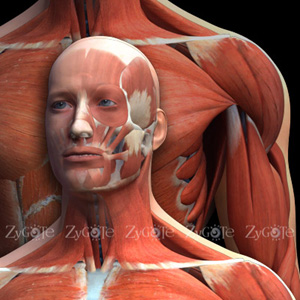|
207-619-3273
Stress Waived-Pain
be Gone
862 Minot Ave, Auburn, Maine 04210
|
Learn more, Stay Educated about Pain, Pain Relief, Health and Wellness
| HOME |
WHY choose US | About Us | BOOK Now |
|
Understand
how your body heals-part 1
Understanding the Healing process-part 1 A critical step in
developing this ability is deepening your
understanding of how the body repairs damaged
tissue. You must recognize specific events that
occur following an injury and common signs and
symptoms associated with tissue damage and
repair. This will help you identify where
clients fall in the healing continuum, what
sensations and functional changes they might
expect, and ways you can both support the
restoration of optimal function. We can break tissue healing into three phases: the inflammatory response, repair phase, and remodeling phase. Each phase has a specific purpose and is characterized by common signs and symptoms. INFLAMMATORY RESPONSE Healing begins immediately following a traumatic injury with the inflammatory response. The magnitude of this response depends on the severity of tissue damage and may vary from one person to another. In this phase, injured tissues release chemicals that draw resources to the area, alert the body that damage has occurred, and inhibit function to prevent further injury. Five cardinal signs characterize inflammation and can be remembered with the acronym SHARP: swelling, heat, a loss of function, redness, and pain. Initially, surrounding blood vessels dilate, increasing blood flow to the injured area. This delivers the white blood cells and nutrients necessary to clean up and wall off the injured area. Affected tissue becomes hot and red as blood flow increases. Over time, capillaries become more permeable or "leaky," allowing nutrients, white blood cells, and clotting proteins to move out of the circulatory system and into the damaged area. Affected and surrounding tissues become
The pain sensation produced during the inflammatory response is global (felt in a large area) because it is chemically induced and affects both damaged and surrounding tissues. Clients typically describe constant pain over a broad region that significantly limits function. They may have difficulty isolating the injury location during this initial phase and difficulty resting or sleeping is common. These symptoms continue as long as the inflammatory chemicals remain active within the tissue.
A secondary purpose of the inflammatory response is to limit function in the injured area. Forces or activities that injured the tissue must be stopped in order to prevent additional tissue damage. Swelling, muscle spasm, and pain inhibit function and clients typically experience a loss of mobility, strength, and endurance as a result. Alternate movement strategies or compensation (like limping on an injured ankle) may occur immediately following injury. Compensation is normal and necessary to minimize further injury while maximizing function. Educate clients about the purpose of inflammation to help decrease the stress and frustration associated with acute pain and loss of function. Repair Phase: The inflammatory response gives way to the repair phase once the injured area is walled off and debris from injured structures is removed. Signs and symptoms of inflammation subside and construction begins to replace or repair the injured tissue. Clients often report more specific areas of pain as the chemicals of inflammation dissipate and healing- processes centralize in areas of damage.
|
|
(in the office of Dr. Paul Morin, Chiropractic)
Ample/Excellent parking-Free, Easily accessible
